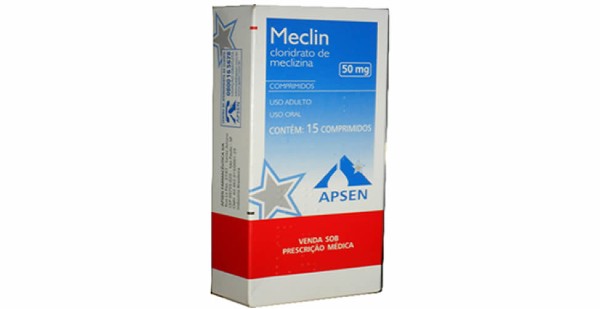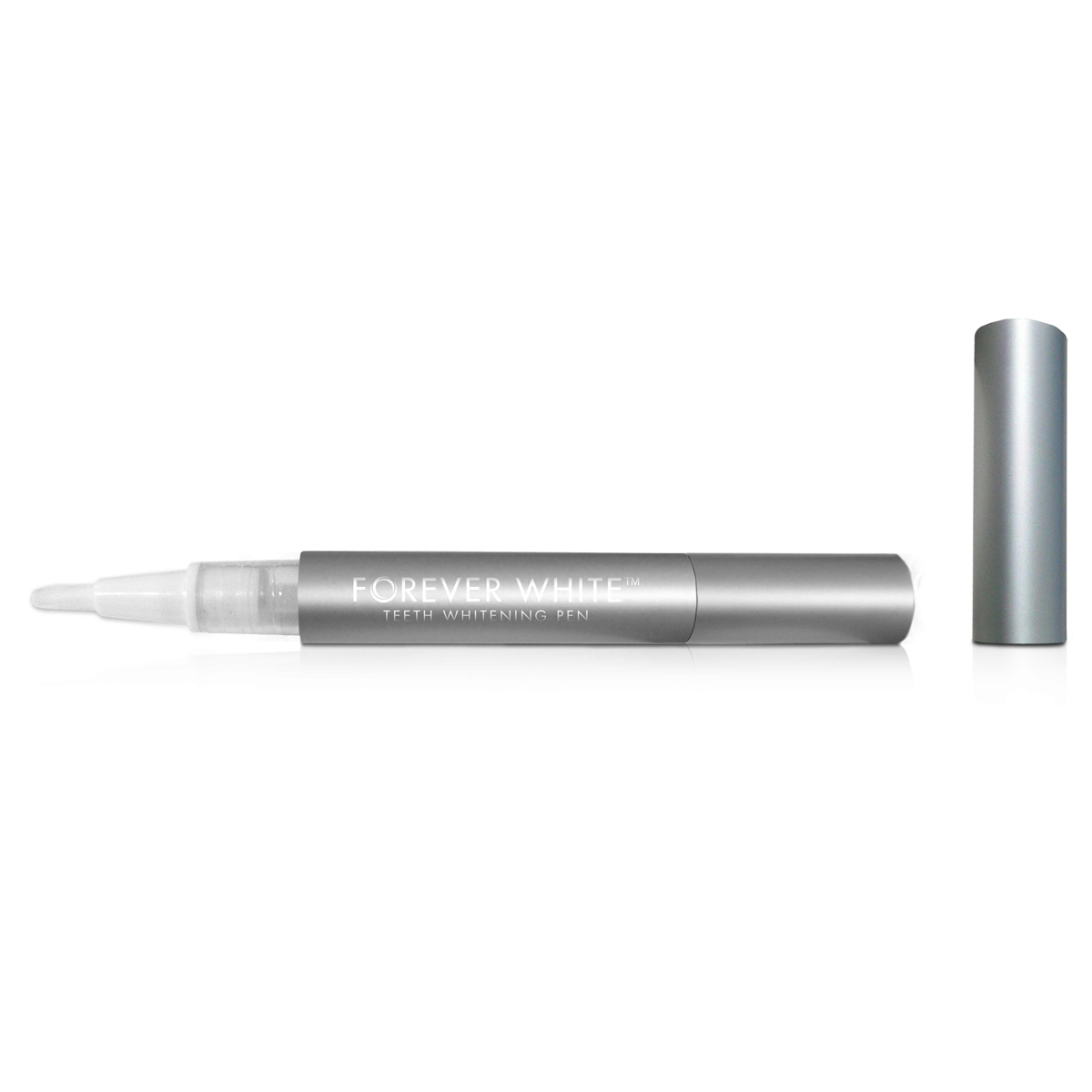What Is Bonding For Teeth Gaps? Instant Fix
Bonding for teeth gaps, also known as dental bonding or composite bonding, is a highly effective and minimally invasive cosmetic dentistry procedure designed to correct small gaps between teeth, as well as other minor aesthetic issues such as chipped, cracked, or discolored teeth. This technique utilizes a tooth-colored resin, a type of plastic, to repair and improve the appearance of teeth. The process is straightforward, relatively quick, and can often be completed in a single visit to the dentist, making it an attractive option for those seeking an instant fix for teeth gaps.
How Does Dental Bonding Work?
The dental bonding process begins with a consultation where the dentist assesses the condition of the teeth and discusses the desired outcomes with the patient. If dental bonding is deemed suitable, the procedure can typically be performed without any preparation, such as drilling or anesthesia, unless the bonding is being used to fill a decayed tooth.
Preparation: The dentist starts by selecting a composite resin color that closely matches the color of the patient’s teeth. This ensures that the bonding material will blend in seamlessly, making it virtually indistinguishable from the natural tooth.
Etching: The surface of the tooth or teeth to be bonded is lightly etched with a special liquid to roughen it. This process helps the bonding material adhere more securely to the tooth.
Application: The tooth-colored resin is then applied to the tooth, and the dentist meticulously shapes and molds it to fill in the gap or correct the defect. This step requires great skill and artistry, as the goal is to achieve a natural look that is both aesthetically pleasing and functional.
Curing: After the resin has been applied and shaped, the dentist uses a special light to cure (harden) the material. This process typically takes a few minutes and is painless.
Polishing: Once the resin is hardened, the dentist polishes the tooth to ensure it feels smooth and natural, matching the texture of the surrounding teeth.
Benefits of Dental Bonding
Dental bonding offers several benefits, making it a popular choice for correcting teeth gaps and other minor cosmetic issues:
- Instant Results: Perhaps the most appealing aspect of dental bonding is that it provides immediate results. Patients can walk out of the dentist’s office with a significantly improved smile in just one visit.
- Minimally Invasive: Unlike other cosmetic dentistry procedures such as veneers, dental bonding requires little to no removal of tooth enamel, making it a more conservative approach.
- Cost-Effective: Compared to other cosmetic dental procedures, bonding is relatively inexpensive, making it a more accessible option for many people.
- Quick Procedure: The bonding procedure is relatively quick, often taking less than an hour to complete, depending on the number of teeth being treated.
- Reversible: Dental bonding is reversible, meaning that if the bonding material is undamaged, it can be removed without harming the tooth underneath.
Durability and Maintenance
While dental bonding is durable and can last for several years, it does not last as long as other cosmetic dentistry solutions such as crowns or veneers. The lifespan of bonding can vary depending on the location of the bonded tooth, the patient’s oral habits, and how well they care for their teeth. Typically, bonding can last anywhere from 3 to 10 years before it may need to be touched up or replaced.
To extend the life of dental bonding, it’s essential to practice good oral hygiene, including regular brushing and flossing, and to visit the dentist regularly for check-ups and cleanings. Avoiding habits such as teeth grinding or clenching, biting nails, or chewing on hard objects can also help prevent premature wear or damage to the bonding material.
Conclusion
Dental bonding for teeth gaps offers an instant, cost-effective, and minimally invasive solution for those looking to improve the appearance of their smile. With its ease of application, natural-looking results, and reversibility, it’s no wonder that bonding has become a preferred method for addressing minor cosmetic issues in dentistry. Whether you’re concerned about a small gap between your teeth or other minor aesthetic flaws, consulting with a professional dentist can help you determine if dental bonding is the right solution for you.
How long does dental bonding last?
+Dental bonding can last anywhere from 3 to 10 years, depending on the location of the bonded tooth and how well the patient cares for their teeth.
Is dental bonding painful?
+No, dental bonding is typically a painless procedure and does not require anesthesia unless it is being used to fill a decayed tooth.
Can dental bonding fix large gaps?
+Dental bonding is best suited for small gaps and minor cosmetic issues. For larger gaps, other options such as veneers or orthodontic treatment may be more suitable.


